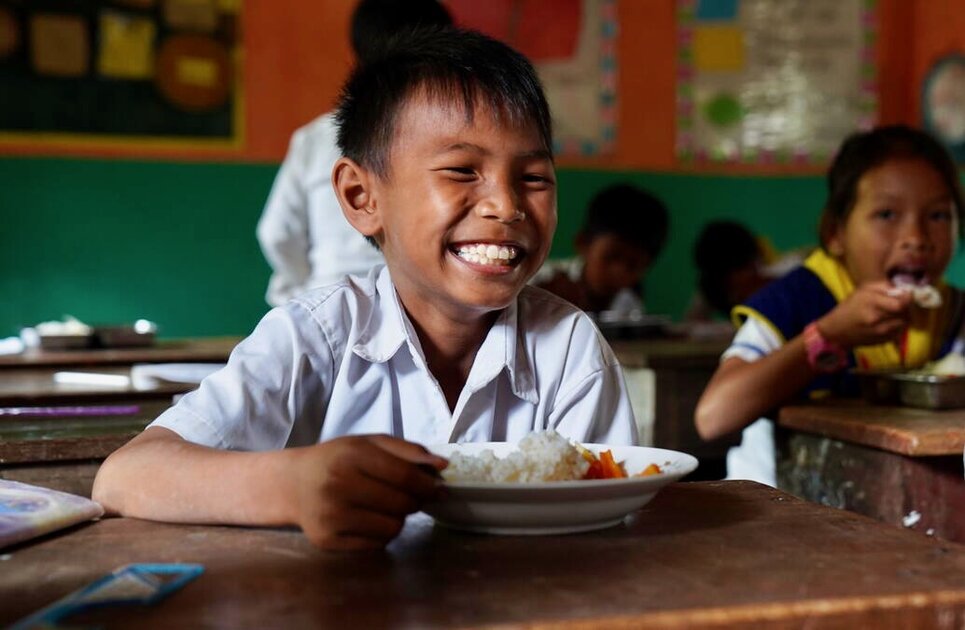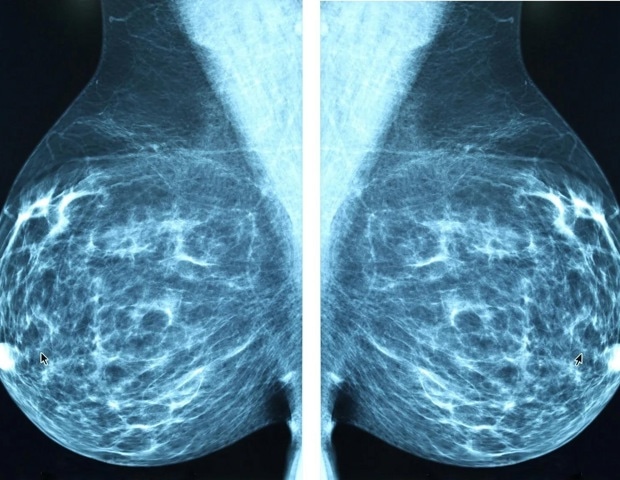- Study Challenges Need for Blood Thinners After CABG Medscape
- Nearly Half of CABG Patients Have New-Onset AF, but It Often Doesn’t Last TCTMD.com
- Is Postoperative AF Changing Anticoagulation Decisions? Conexiant
- Postop Afib Scare Fades With…
Blog
-
Study Challenges Need for Blood Thinners After CABG – Medscape
-

Malala Yousefzai re-introduces herself in her new memoir ‘Finding My Way’
It’s a story you might think you know well. Malala Yousefzai, the teenage girl shot by the Taliban, the youngest ever winner of the Nobel Peace Prize, a diligent student with an Oxford degree, but 13 years on, she’s shaking off the narrative…
Continue Reading
-

The genetic association between prescription pain medication use and t
Introduction
Chronic pain can be categorized into nociceptive, neuropathic, and nociplastic pain.1 Fibromyalgia, also referred to as widespread musculoskeletal pain, is a typical type of nociplastic pain. People with fibromyalgia tend to have…
Continue Reading
-

The genetic association between prescription pain medication use and t
Introduction
Chronic pain can be categorized into nociceptive, neuropathic, and nociplastic pain.1 Fibromyalgia, also referred to as widespread musculoskeletal pain, is a typical type of nociplastic pain. People with fibromyalgia tend to have…
Continue Reading
-

Grains of change: Asia and the Pacific surge ahead on food fortification
Suryakali Vishwakarma says the fortified rice she’s rolling into balls helps her family stay healthy. Photo: WFP For Suryakali Vishwakarma, all rice is not created equal.
The pearly grains might look and taste the same. But the fortified rice, along with wheat, that she collects from a government village shop in northern India’s Uttar Pradesh State – both packed with essential vitamins and minerals – have become her go-to staples.
“Providing good nutrition to our children is no longer a problem,” says the young mother, after rolling a bowlful of fortified rice for cooking. “We feel healthy and fine with the consumption of nutritious, fortified rice.”
In India, and across Asia and the Pacific, fortified rice and wheat are transforming diets and futures for millions of the world’s poorest and hungriest people – thanks to government-led initiatives in partnership with the World Food Programme (WFP) and the Gates Foundation. Regional bodies, like the Association of Southeast Asian Nations, are also catalytic, by helping member states share lessons, align standards and pilot new models – so that progress in one country drives broader change.
Across Asia and the Pacific, fortified rice and wheat are transforming diets and futures. Photo: WFP “What connects all these efforts is strong government leadership, solid delivery systems and growing private sector engagement,” says Arvind Betigeri, WFP food fortification advisor for the Asia-Pacific region.
Packing up to eight essential nutrients, including iron, zinc, folic acid and vitamins A and B, the fortified grains amount to an inexpensive and powerful weapon in fighting malnutrition – in a region where poor diets leave one in three women anaemic, and nearly 80 million children stunted, or too short for their age.
Some of the most stunning results can be seen in India, the world’s most populous country, with high rates of anaemia and micronutrient deficiencies. More than half the population now has access to fortified food, especially staple rice, thanks to government leadership and WFP-supported pilots rolled out and expanded in some of the most vulnerable parts of the country.
Some of the most stunning results of fortification can be seen in India, the world’s most populous country, with high rates of anaemia and micronutrient deficiencies. Photo: WFP “Improving nutrition outcomes has a direct implication on improving the national productivity and economic output for the country,” says WFP food fortification policy officer Reema Sood. She cites findings showing that every US$1 invested in fortification delivers US$27 in returns, in terms of better cognitive development, increased economic productivity and reduced expenditure on treating diseases and anaemia.
Game changers
In populous states like Uttar Pradesh – where fortified rice reaches millions – the pilots are improving local production capacity and the quality of fortified food. They are also expanding public availability and acceptance, through cooking classes and awareness campaigns. For the most vulnerable, including pregnant and breastfeeding women and young children, fortified rice and wheat are available free of charge, as part of government safety net and school feeding programmes.
A young pupil in Cambodia enjoys his fortified rice that’s part of WFP-supported school meals. Photo: WFP/Darapech Chea “The fortified rice that is being provided is very beneficial for people’s health,” says mother Vishwakarma, who also credits her children’s strong marks to platefuls of fortified rice they receive at class.
“They are active throughout and their performance in school is also good,” she says of her two daughters. “They are the highest scorers in their school.“
In Sri Lanka – where many children suffer from a dearth of essential vitamins and minerals – WFP is collaborating with district governments to set up fortification facilities, which supply enriched rice to the national school meals programmes.
“This isn’t just a project, this is a game-changer for nutrition and education in Sri Lanka,” says Samir Wanmali, WFP Regional Director for Asia and the Pacific.
A school girl eats fortified food in Sri Lanka, where WFP is collaborating with district governments to set up fortification facilities. Photo: WFP In Bangladesh, where micronutrient deficiency, known as ‘hidden hunger,’ is also widespread, WFP is providing technical and other support to the Government’s food fortification programme, which targets women like Shikha Akhtar.
“Since I started eating fortified rice, I’ve been in better health,” says Akhtar, a Dhaka-based mother of two, who has struggled with illness. The 30kg of free Government-fortified rice is a welcome windfall for the family, which survives on her husband’s meagre wages as a daily labourer. “I encourage my neighbours in the village to eat this rice,” she says.
“Our main objective is to reach every woman’s doorstep across the country” with fortified rice, says Sharmin Shaheen, deputy director of Bangladesh’s Women’s Affairs Department.
Powering private partnerships
In Pakistan, WFP provides technical support and training to small-scale millers known as chakkis. Photo: WFP Along with governments, WFP is also working with the private sector to improve fortified food production across the region. A case in point is Pakistan, where WFP provides technical support and training to small-scale millers known as chakkis, to provide enriched wheat to local communities.
“These boost people’s health, helping to reduce malnutrition, especially for the elderly, women and children,” says one chakki owner, Rashid Nazir, who received WFP support for his business, located in a town outside the capital Islamabad.
The private sector is also key to scaling up food fortification in Nepal, one of the world’s poorest countries, where malnutrition among young children and mothers is high. In the remote, northwestern Karnali Province, WFP is supporting government efforts to make subsidized, fortified rice available to the poorest through social protection programmes, and in commercial markets.
In Nepal, WFP is supporting government efforts to make fortified rice available to the poorest, and companies to build their capacity. Photo: WFP That includes supporting companies to build their capacity, so Himalayan communities can better access the nutrient-packed grains in a region where food, especially nutritious food, is scarce.
“People travel three-to-five hours by foot to buy the rice,” says Raj Bahadur Rai, a company manager in the Himalayan district of Mugu. “The consumers of this fortified rice have been gradually increasing. They are slowly realizing its value.”
WFP’s rice fortification initiatives in the Asia-Pacific Region are supported by the Gates Foundation, DSM-Firmenich, the Korea International Cooperation Agency (KOICA) and the UN-India Partnership Fund.
Learn more about WFP’s work in Bangladesh, India, Nepal, Pakistan and Sri Lanka
Continue Reading
-

What are the real-life dilemmas and facilitators of medication adheren
Introduction
Tuberculosis (TB) is a globally prevalent chronic infectious disease caused by infection with mycobacterium tuberculosis (Mtb), with pulmonary tuberculosis being the predominant type and posing a serious threat to human health.1,2…
Continue Reading
-

Where to Find Eevee in Pokemon Legends ZA
Eevee has been one of my favorite Pokemon of all time. That cute little character has always been at my rescue throughout most of the mainline games. Pokemon Legends ZA also allows players to catch Eevee who is one of the strongest…
Continue Reading
-

the same design, but better – The Irish Times
The Apple Watch hasn’t changed dramatically in the 10 years since it hit the market, at least not in terms of its…
Continue Reading
-

UGC Deal, ‘I Swear’ Boosts Studiocanal
Canal+ Group, which is led by CEO Maxime Saada and houses film production and distribution arm StudioCanal, on Thursday highlighted its “commitment to cinema.” The French media giant said in early September that it had entered exclusive…
Continue Reading
-

Fatty acids found to be a primary driver of triple-negative tumor growth
A team from Huntsman Cancer Institute at the University of Utah (the U) has found that triple-negative breast cancer is fueled by lipids and that these fatty acids are a key feature of obesity that promote tumor growth.
Their…
Continue Reading